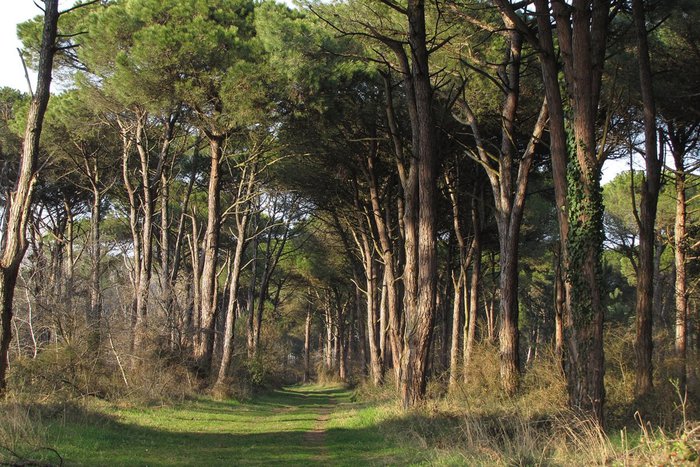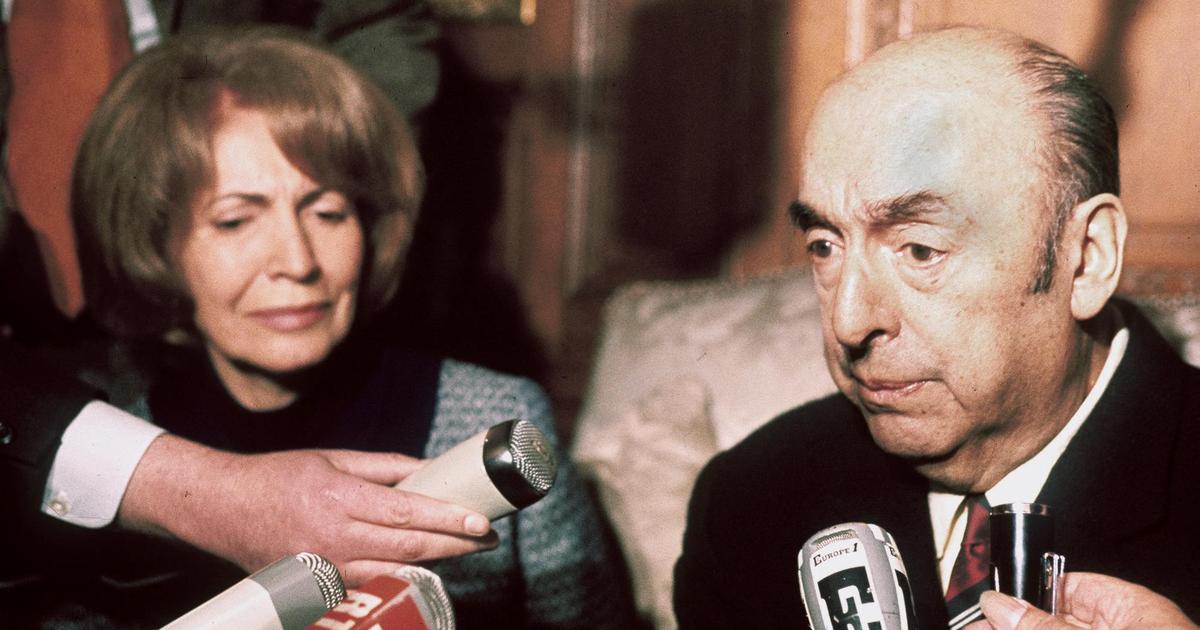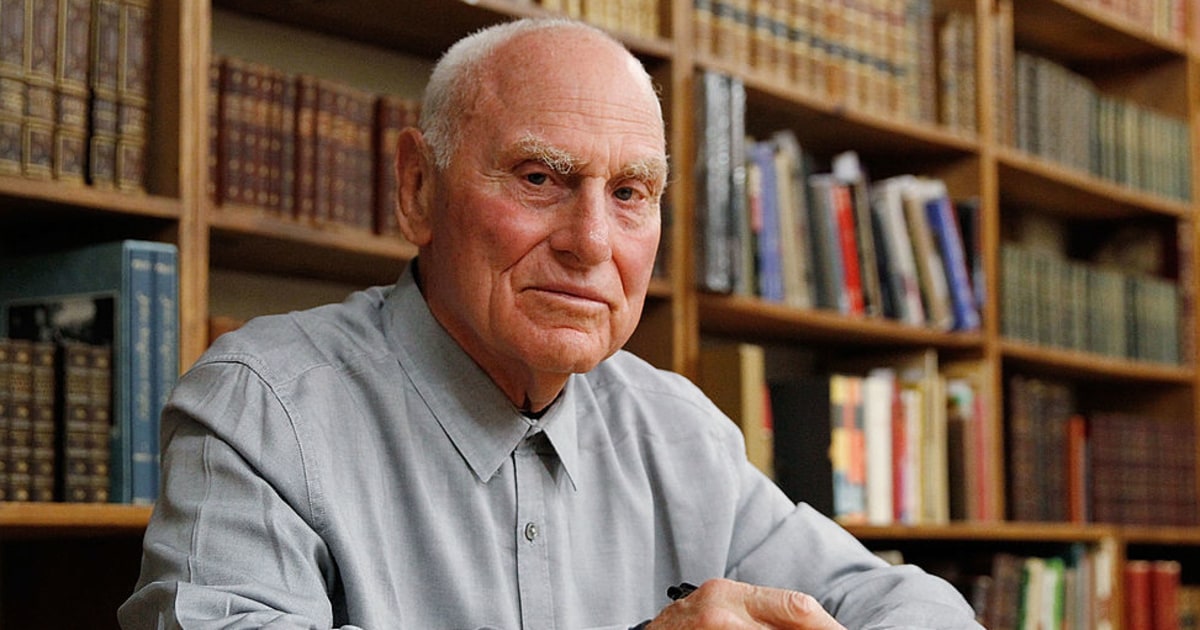FLORENCE - March 25 is a special date: it is celebrated on Dantedì, the national day dedicated to the author of the Divine Comedy, whose 7 centuries since his death are celebrated this year.
According to scholars it is the day when the Poet began his journey into the underworld, creating one of the greatest works of universal literature.
To remember his life and pay homage to his genius, we take you to the places that inspired him: between nature and the villages of Tuscany and Emilia Romagna where Dante Alighieri, guest of powerful courts and families, sought peace and redemption and wrote much of his masterpiece , abandoning Latin and writing in the vernacular of the common people.
Disappointed and embittered by Florence, his beloved homeland, he was forced to flee for crimes he swore he had never committed and for having sided with the white Guelphs in a city that had come under the dominion of the black Guelphs.
So let's walk the streets and ancient streets that Dante crossed in 1302 to escape the Florentines and that the "Cammino di Dante" association (wegodante.com) has mapped and digitized: from his native Florence to Ravenna, where he died, in a path to 400-kilometer ring divided into 21 stages that represent a tour full of naturalistic charm and cultural ideas, along which quotations from the Divine Comedy are posted.
Let's start from Florence, where his house-museum is located in via Santa Margherita: a virtual and interactive tour allows us to get to know his life and his works.
Leaving the city, you set off towards Arezzo and the Upper Casentino, where you get lost in the suggestive nature of the Casentinesi Forests national park among villages, hermitages, castles and sanctuaries.
The first Dante's place is the medieval Poppi, where the Poet found the support of the local lords and the ideal atmosphere to write the first of the three cantiche of the "Divine Comedy".
The village, today, is all a tribute to Dante: there is a bronze bust of him that dominates at the entrance of the mighty thirteenth-century castle and his name is immortalized on plaques and signs of taverns and hotels, even on the labels of the products in the window under the arcades of the village.
At 7 kilometers you reach Campaldino where, as a young man, Dante had fought for Florence in the battle he won against the Aretini and where he was later hosted in the magnificent residences of the Guidi counts.
Just outside the town there is Romena with the Romanesque church of San Pietro and the poignant charm of the ruined castles.
The path continues towards the border with Emilia-Romagna, passing next to Camaldoli, which houses the sacred hermitage and the monastery of the Benedictine monks: it is an oasis of peace protected by dense fir woods and a perfect place to take refuge.
The road climbs between the Calla pass and narrow paths marked by small streams up to Mount Falterona, described in the 14th canto of the Inferno and where a plaque commemorates the passage of the Poet.
Here the Arno is born and, along its course, we arrive at the lake of the Idols, a small body of water that has now disappeared, a sacred place for the Etruscans.
Returning to the road that leads to Forlì, we arrive at the Benedictine abbey of San Godenzo, where in 1302 Dante participated in a secret meeting of fugitive Florentines who were plotting against the black Guelphs.
Following the signs, you pass near the archaeological area of Frascole and you reach the center of Dicomano, which houses a rich museum of Etruscan finds and a historic center with communicating arcades;
it is from here that the road to Romagna used by Dante during his escape begins.
At Passo del Muraglione the path arrives in San Benedetto in Alpe, in Romagna, a village of ancient origins, where, in the locality of Il Poggio, stands the ancient abbey of San Benedetto.
A detour leads to the high Acquacheta waterfall of the Montone river, whose roar is mentioned by Dante in the XVI canto of the Inferno.
The road climbs between the hairpin bends up to Passo della Peschiera on the Apennines;
before starting the descent, the small village of Marradi deserves a stop, where it is said that Dante was robbed of his horse.
It is the birthplace of Dino Campana and the refuge of many noble and powerful families forced into exile who had elegant palaces built, such as the 14th century municipal one and the Animosi theater.
We must return to San Benedetto in Alpe to resume the road towards the village of Portico di Romagna, where we visit the fourteenth-century Palazzo Portinari which, according to tradition, belonged to Folco Portinari, father of Beatrice, Dante's beloved muse.
We then continue to the medieval village of Brisighella, famous for the Tanaccia cave, one of the most beautiful in the Vena del Gesso regional park, and for the three fabulous and spectacular rocky pinnacles.
We are in Romagna and the journey through Dante's places arrives in Faenza, the city of artistic ceramics, where you can stroll between the elegant Piazza del Popolo and Palazzo Milzetti with its neoclassical frescoed ceilings. Going along the ancient Via Emilia you reach Forlì, described by Dante in Purgatory as an enchanting place with the eighteenth-century noble palace Paulucci de Calboli, which rises not far from the abbey of San Mercuriale, symbol of the city; here Dante found refuge with the Ghibelline lords Ordelaffi. Going down towards the sea we arrive at Pineta di Classe, a suggestive wooded area that Dante mentions in Canto XXVIII of Purgatory as "earthly paradise", in which the Poet and Virgil enter on the last day of their otherworldly journey. Its landscapes, colors and lights inspired the Poet who spent the last years of his life with his children in nearby Ravenna. During his stay in Ravenna the Poet devoted himself to Paradise, the last of the three canticles, but in reality throughout the Divine Comedy there are references to the city and its most important characters. Dante died on 14 September 1321 after contracting malaria and was buried in the basilica of San Pier Maggiore, today of San Francesco, where the funeral was also celebrated. The Franciscan friars decided to hide his mortal remains which were found only in 1865 in a box inside a convent wall. Buried again, today they rest in the "zone of silence", a place of respect around the tomb of the greatest Italian poet. (HANDLE).














